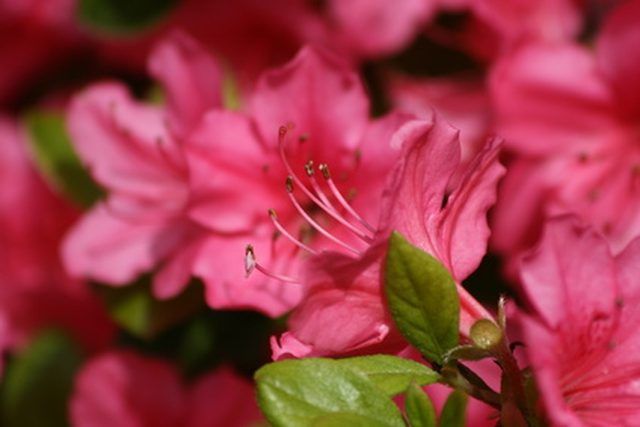Bulbs
Flower Basics
Flower Beds & Specialty Gardens
Flower Garden
Garden Furniture
Garden Gnomes
Garden Seeds
Garden Sheds
Garden Statues
Garden Tools & Supplies
Gardening Basics
Green & Organic
Groundcovers & Vines
Growing Annuals
Growing Basil
Growing Beans
Growing Berries
Growing Blueberries
Growing Cactus
Growing Corn
Growing Cotton
Growing Edibles
Growing Flowers
Growing Garlic
Growing Grapes
Growing Grass
Growing Herbs
Growing Jasmine
Growing Mint
Growing Mushrooms
Orchids
Growing Peanuts
Growing Perennials
Growing Plants
Growing Rosemary
Growing Roses
Growing Strawberries
Growing Sunflowers
Growing Thyme
Growing Tomatoes
Growing Tulips
Growing Vegetables
Herb Basics
Herb Garden
Indoor Growing
Landscaping Basics
Landscaping Patios
Landscaping Plants
Landscaping Shrubs
Landscaping Trees
Landscaping Walks & Pathways
Lawn Basics
Lawn Maintenance
Lawn Mowers
Lawn Ornaments
Lawn Planting
Lawn Tools
Outdoor Growing
Overall Landscape Planning
Pests, Weeds & Problems
Plant Basics
Rock Garden
Rose Garden
Shrubs
Soil
Specialty Gardens
Trees
Vegetable Garden
Yard Maintenance
How to Care for Indoor Azaleas
How to Care for Indoor Azaleas. Azaleas are perennials you can grow indoors or outdoors. They bloom in the spring and summer outdoors, but indoor blooming times vary due to greenhouse propagation. Azaleas have dark green foliage and form buds for blooming when kept at the right temperature and given the right amounts of light and moisture. Azaleas...

Azaleas are perennials you can grow indoors or outdoors. They bloom in the spring and summer outdoors, but indoor blooming times vary due to greenhouse propagation. Azaleas have dark green foliage and form buds for blooming when kept at the right temperature and given the right amounts of light and moisture. Azaleas will brighten up any room in your home or add color to the office decor.
Things You'll Need
Water-soluble fertilizer
Place the azalea in bright but indirect sunlight when about to bloom. Keep it entirely in the shade, out of intense, indirect sunlight when not blooming. Ideally, the temperature needs to remain at around 45 to 55 degrees F. at night and go no higher than 68 degrees F. in the day.
Water the azalea to keep the soil moist. Touch the soil surface to see if it feels dry. When the soil feels dry, water the plant, but do not saturate it. Never let the soil dry out completely.
Apply a water-soluble fertilizer to the azalea twice a year when the plant is not blooming. Use a fertilizer made for acid-loving plants, and dilute it with water according to the package directions.
Prune the azalea when you notice dead and damaged foliage, branches and blooms. Remove any plant material that rests on the soil so that it does not decompose and cause disease in the plant.
Place the azalea in an area with low light and a cool temperature between 30 and 50 degrees F in the winter. When the buds have set and the azalea begins to flower again, place it back in indirect sunlight with temperatures around 68 degrees F.
Transplant the azalea every two to three years. Place it in a bigger pot at each transplanting to allow it plenty of room to grow.
Tips & Warnings
Add a few tablespoons of vinegar to a gallon of water to increase the soil's acidity. Azaleas love lower pH, but don't overdo it.
Place a humidity tray under the azalea in dry locations, resting the plant atop continuously wet pebbles. Be sure it's base is never in standing water, however. The pebbles should raise it above the water level.
If the azalea does not bloom, the temperatures may be too warm in your home. Turn down the thermostats in your home at night to promote budding on the plant
Azalea plants are poisonous. Keep them away from children and pets.
Do not over-fertilize. It can burn the plant and cause serious damage.
Always keep the soil moist, and never let it dry out.
Position indoor azaleas away from drafts to prevent buds falling off.